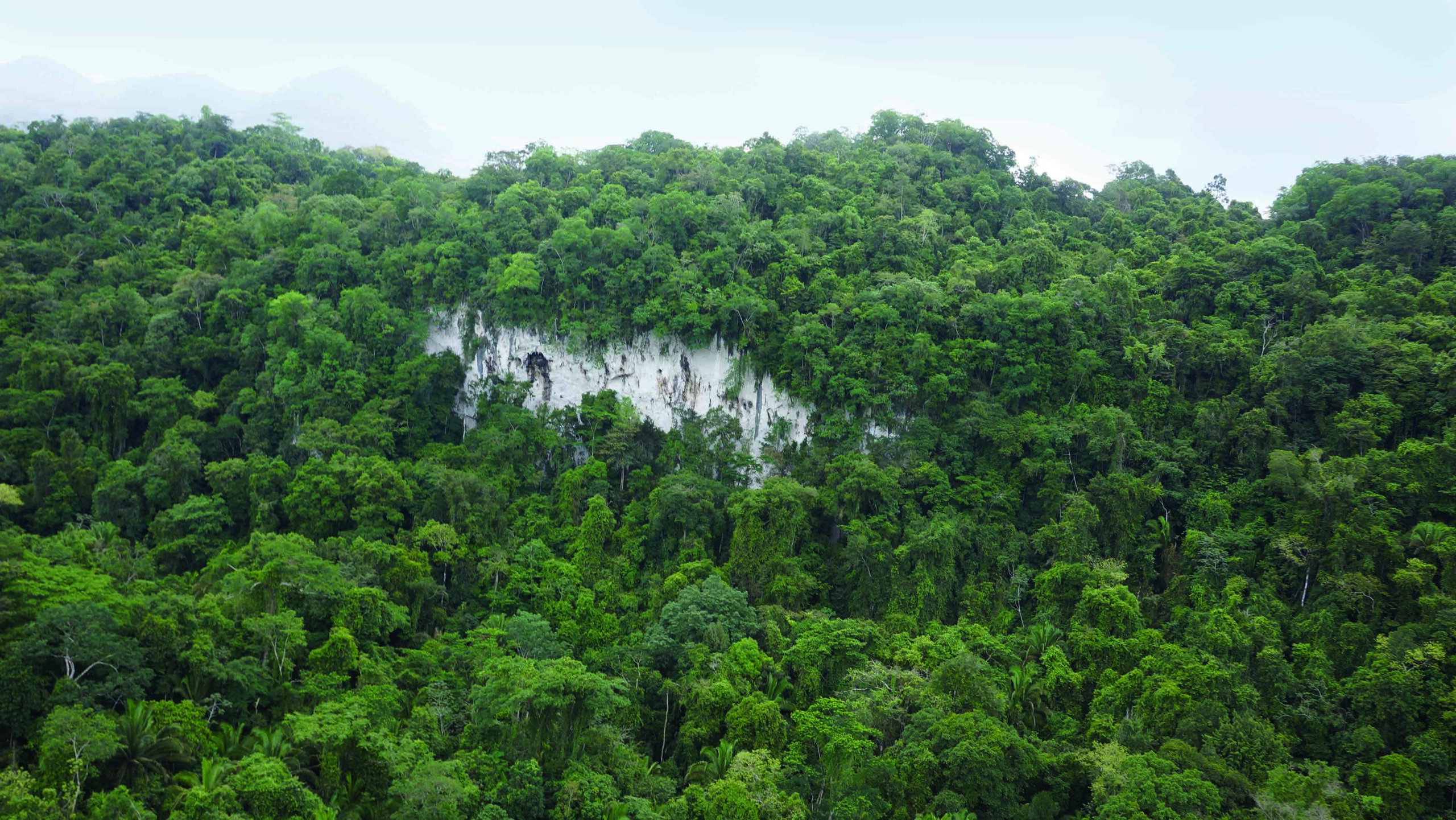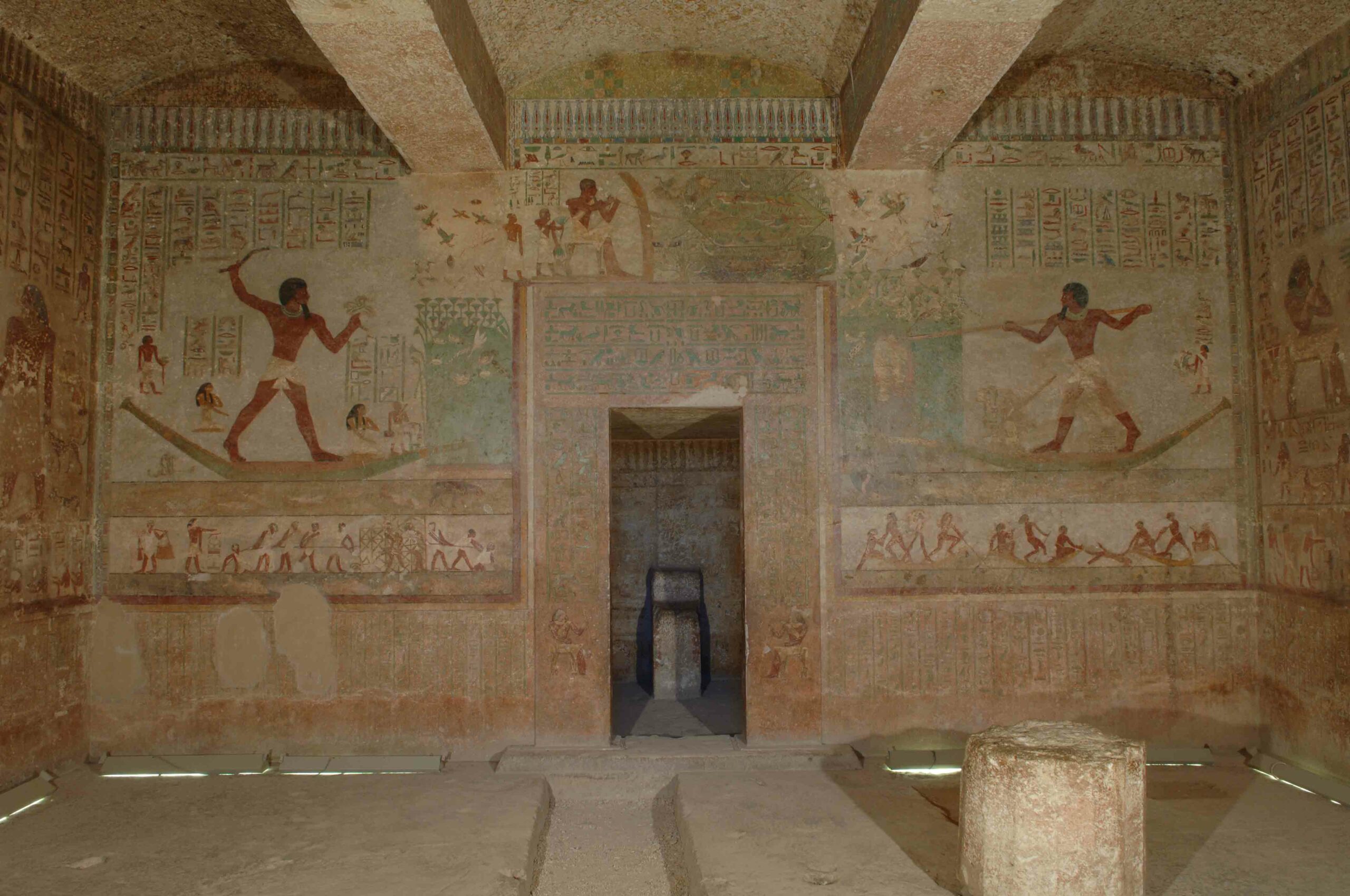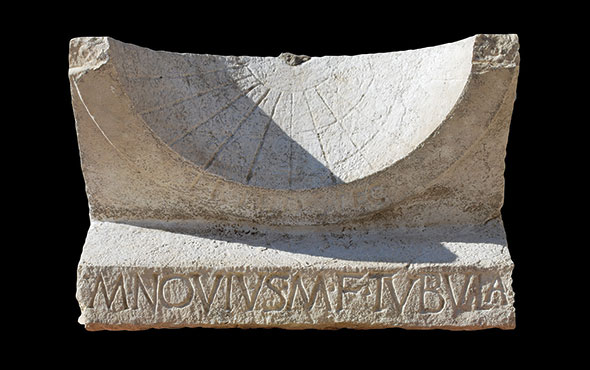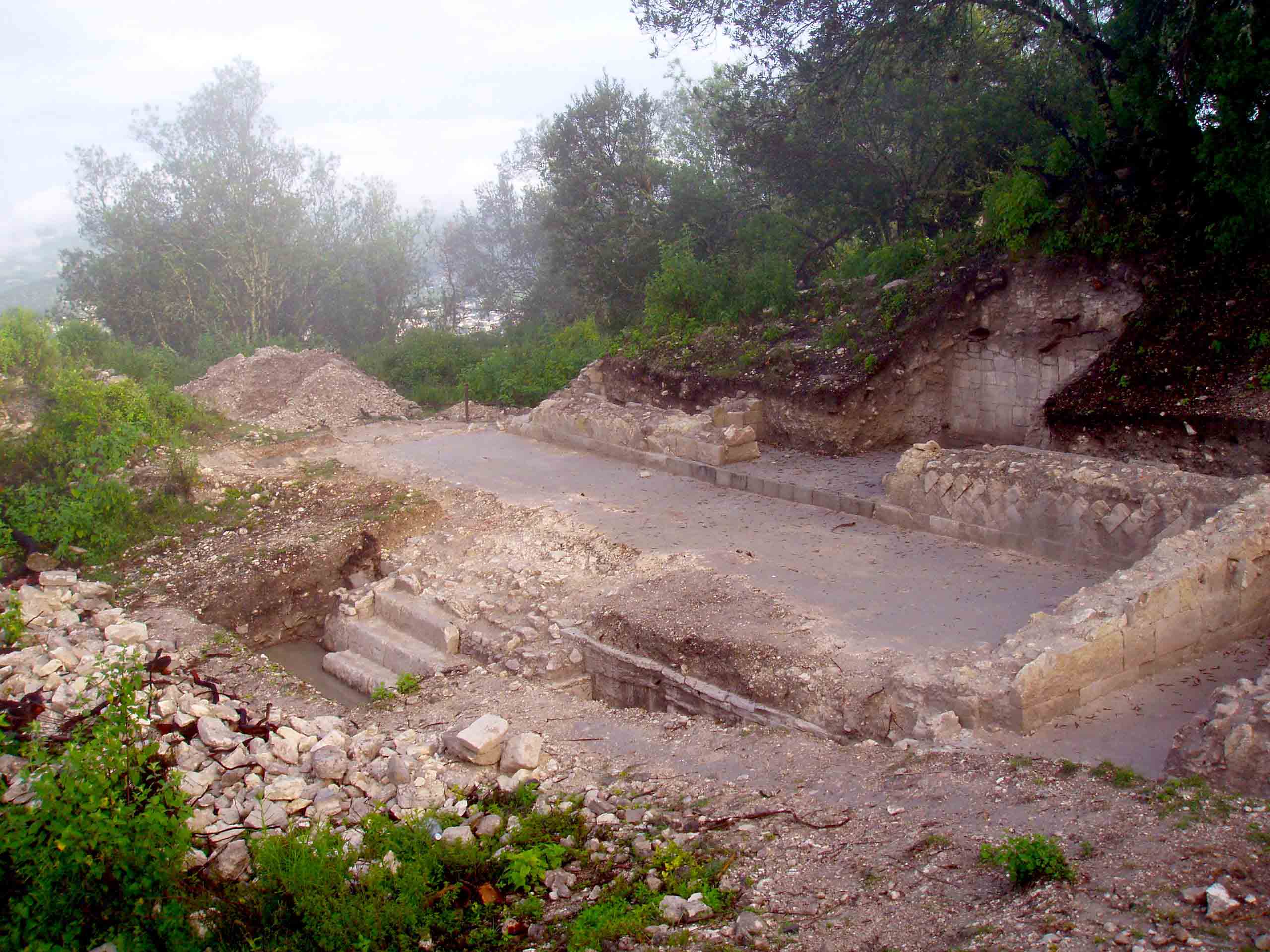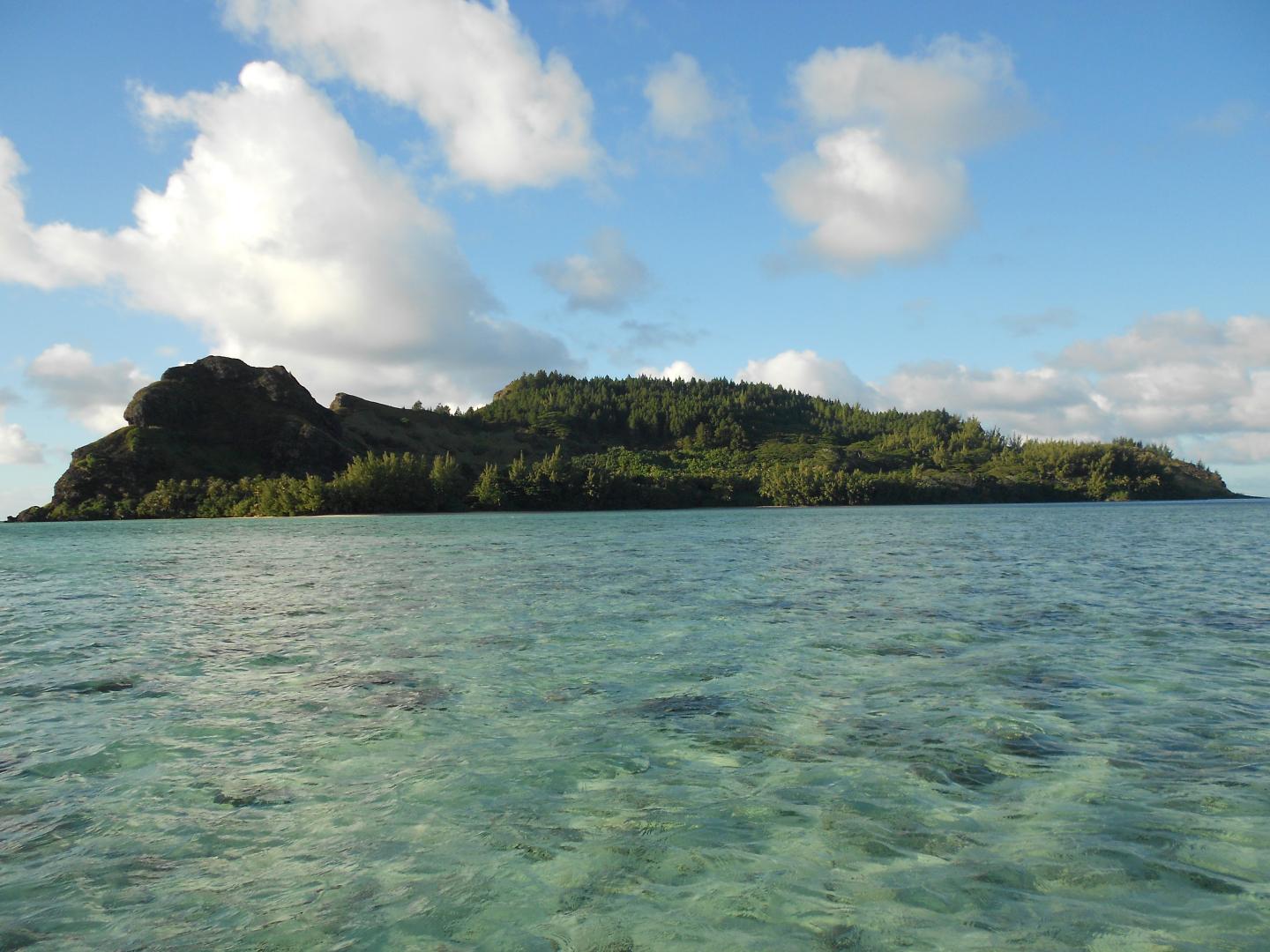
MUNICH, GERMANY—Smithsonian Magazine reports that Jillian Swift of the Max Planck Institute for the Science of Human History and her colleagues analyzed the levels of carbon and nitrogen isotopes in 145 rat bones collected at archaeological sites on three Polynesian island chains to see how the arrival of humans and rats some 2,000 years ago impacted their ecology. Although not domesticated, rats eat and live in environments created by humans. Based on the levels of carbon isotopes in the bones, researchers could determine the balance of tropical grasses and cultivated plants, such as breadfruit, yam, and taro, in the rats’ diets. Levels of nitrogen isotopes provide evidence of the balance of land-based and marine food sources. The study indicates that the rats’ consumption of sea birds and other marine resources declined at times when agricultural food sources increased. These changes occurred at different times on different islands, except for one island with steep hills and poor soil, which continually relied on fishing for survival. “The ecosystems we see today are a result of deep-time historical process,” Swift said. For more on archaeology in Polynesia, go to “Letter From Hawaii: Inside Kauai's Past.”


